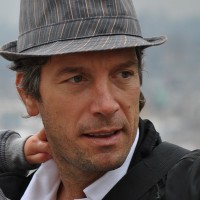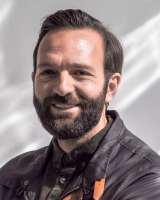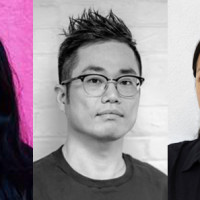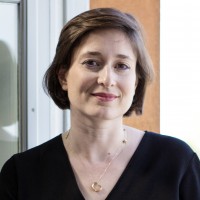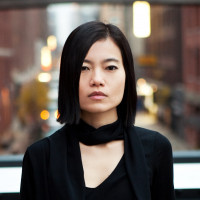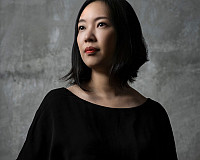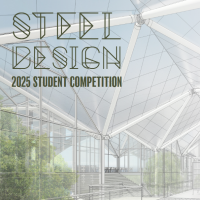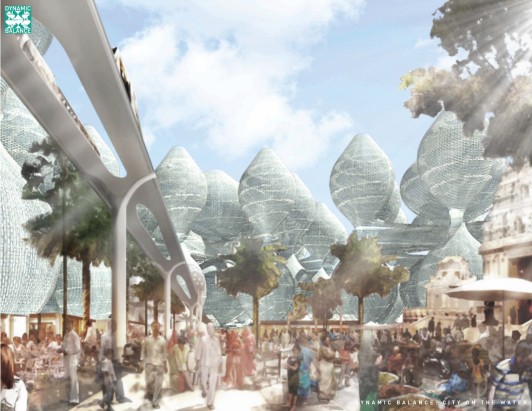
During the fall 2016 semester, three teams including several Syracuse Architecture students, participated in the 2016 edition of the Well Building 2050 international competition originated by France’s Elithis Group and co-sponsored by Fibres-Energivie, Terra Ethica, and France Air (air-treatment systems).
The competition challenged students to explore the future of urban housing in 2050, to take on present day concerns related to urbanity, lifestyle amenities, and the environment. Teams were asked to propose futuristic—albeit idealistic—design perspectives that could bring about changes in the way we imagine the future of the habitat and users’ lifestyle—regardless of social, political, economic and technological constraints.
Competing teams all included at least one architecture student. Many included individuals studying engineering, design, and other specialized fields such as health, economics, or social sciences. Ten teams were chosen to advance to the second phase of the competition; from there four were selected as finalists. Finalists were invited to the Build & Connect 2016 international colloquium on sustainable buildings and materials in Strasbourg, France on November 23, 2016 where they exhibited their projects, participated in discussions, and then attended the competition’s award presentation ceremony.
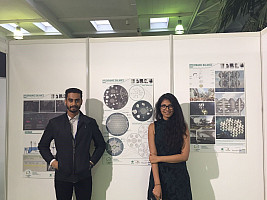
“How are we going to feed and accommodate an extra 3 billion people on the earth?” the jury responded. “Through its project, the Dynamic Balance team manages to imagine a floating eco-district mixing ‘low tech’ with ‘high tech’ that will take advantage of available spaces and resources, while favoring mobility and offering a new way to write urbanity by making density and intensity coexist.”
“The Well Building 2050 competition was a great opportunity for us to explore our horizons and to take on the challenge of present day concerns regarding urbanity and the environment,” says Shaguni Gupta. “I am very thankful for the school’s support as I participated in this effort. In Strasbourg we got to meet the other winning teams from Mexico, Germany and France. I’m so glad to have worked with a talented group of designers and critical thinkers; this reward really motivated us to do even better work in the near future.”
Two additional teams of students from Syracuse University that participated in Well Building 2050 developed projects that advanced them to Phase 2 of the competition. (A total of 10 teams in the competition advanced to Phase 2.)
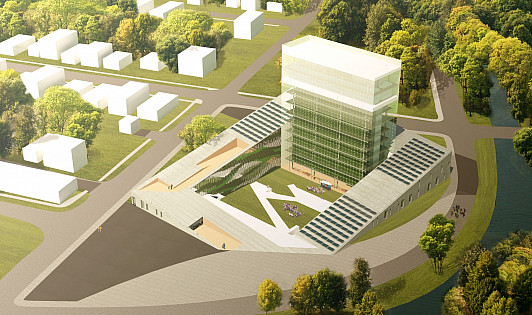
Aquapartments: Based upon principles of biophilia—humanity’s instinctive desire to connect with other living things—the team tapped into emerging and innovative technologies to propose “aquapartments” that would synthesize the idealism of an immersive natural environment with the urban environment of Syracuse, New York— a resilient solution to living well for the year 2050.
Syracuse Architecture students Emily Greer ’18 and Sarah Ritchey ’18 with Syracuse University team members Kate DeWitte ’17 (Public Health) and Riley Gourde ’G (Engineering)
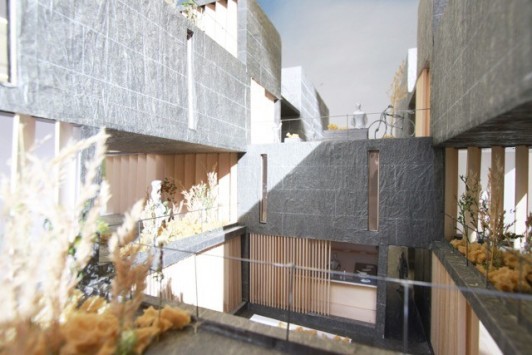
Mini-urbanism: The team reimagined typical urban housing by providing a network of outdoor social spaces that served as “front yard” and “backyard” for each unit, promoting a sense of community. Utilizing rainwater harvesting and closed loop aquaponic gardening, courtyards yielded fresh food harvest for tenants and enhanced the atmospheric qualities of the outdoor space.
Syracuse Architecture students Zhaoqi Chen ’17 and Jahaan Scipio ’17 with Syracuse University team members Arshmeet Dua ’G (Information Studies); Apurva Mehta ’G (Information Studies) and Julia Whittley ’17 (Arts and Sciences), and Andrew Trenton ’17 (Design)
Sponsors
The Elithis Group provides consulting and engineering expertise specializing in energy efficiency. Fibres-Energivie is a cluster of businesses dedicated to sustainable materials and practices within the building sector. Terra Ethica, a non-profit dedicated to environmental protection and awareness. France Air is a family business specialized in the design and distribution of air-treatment systems.


